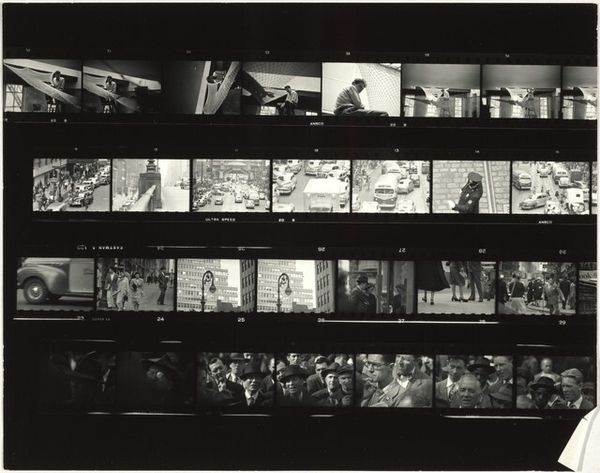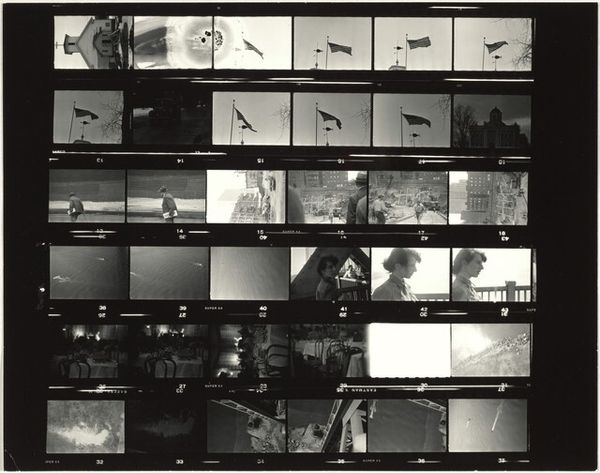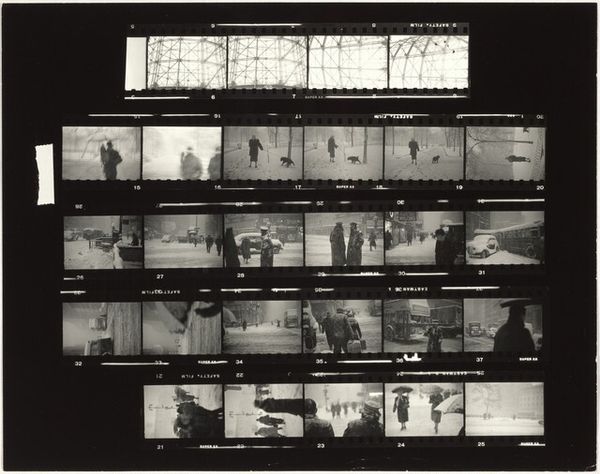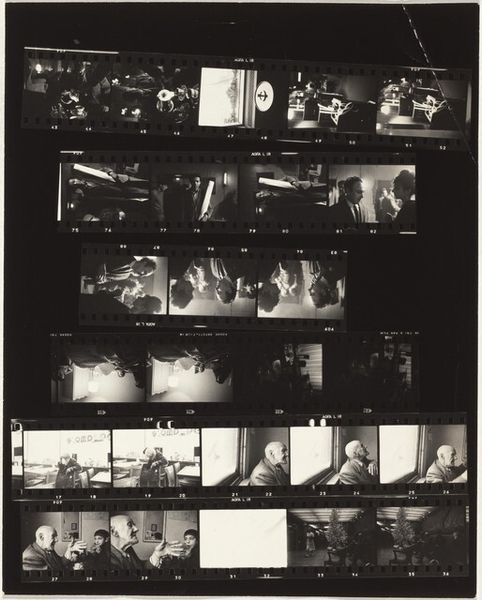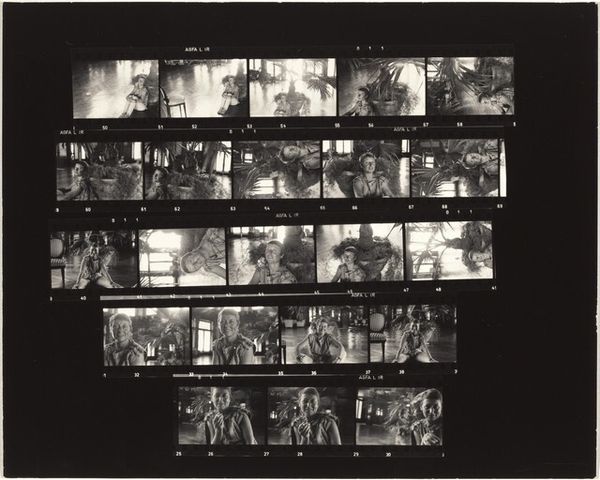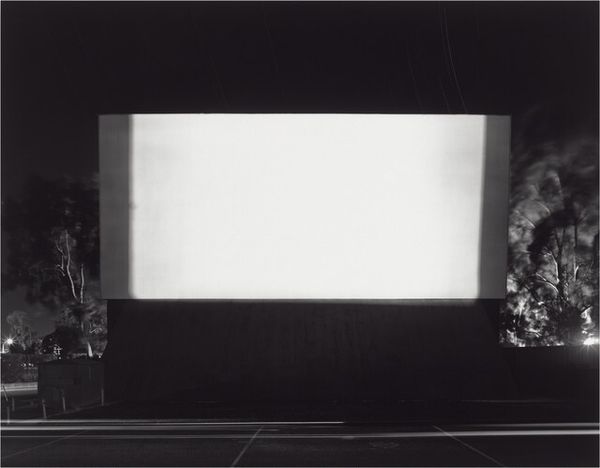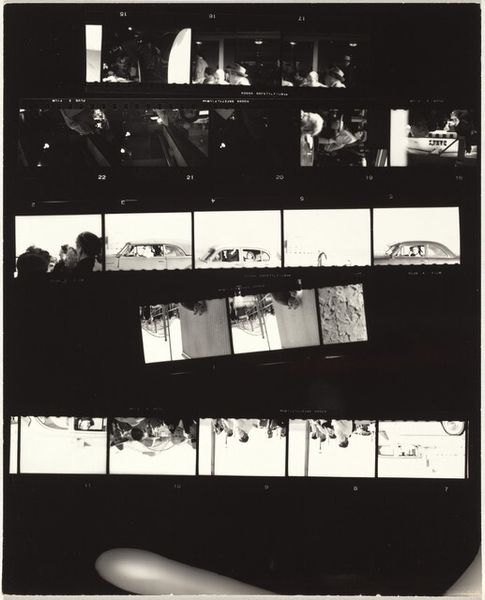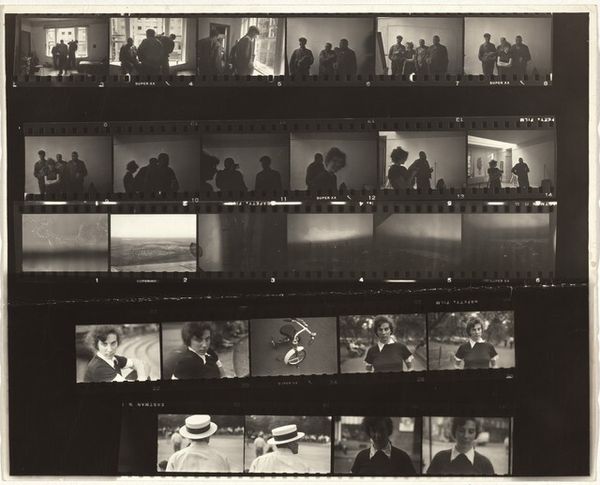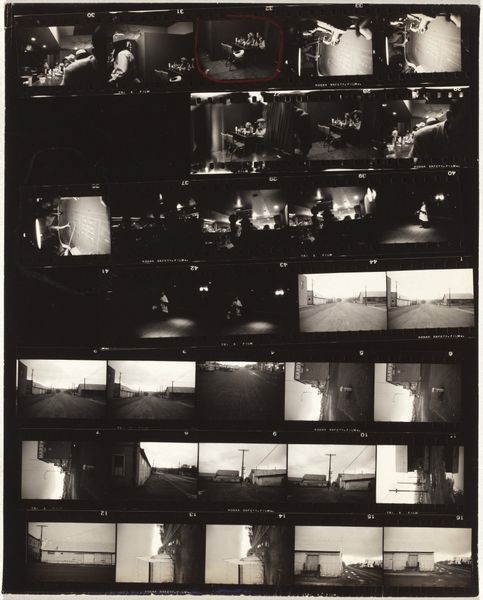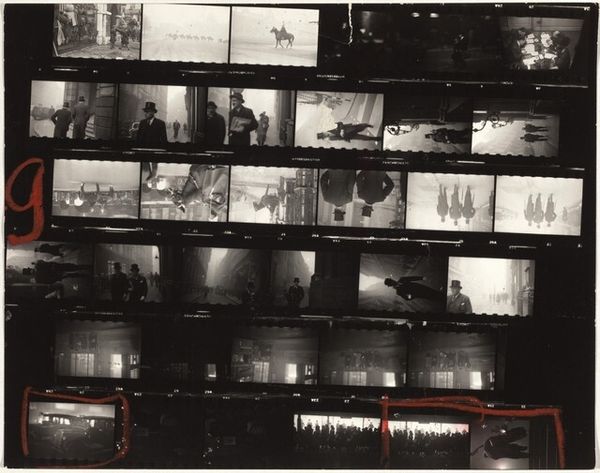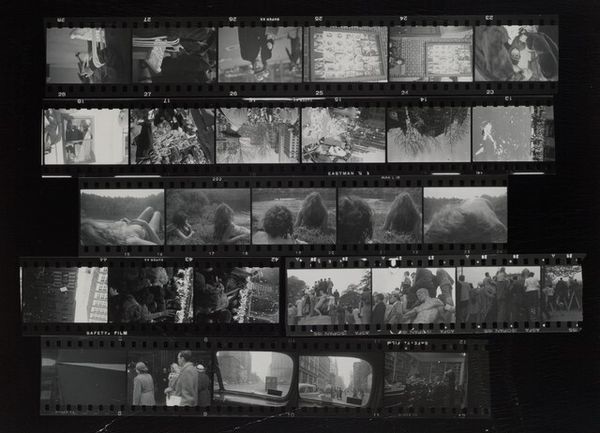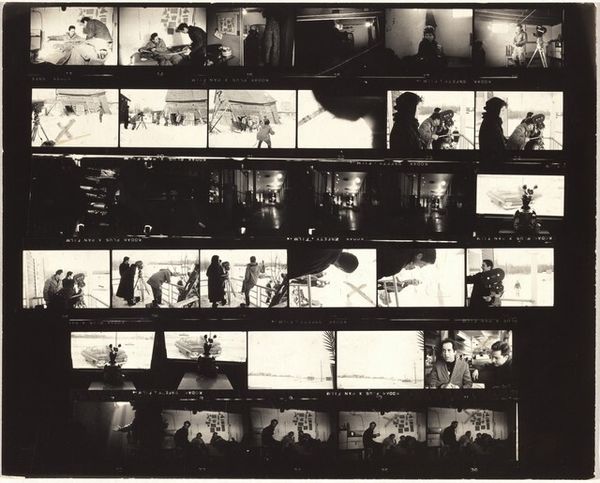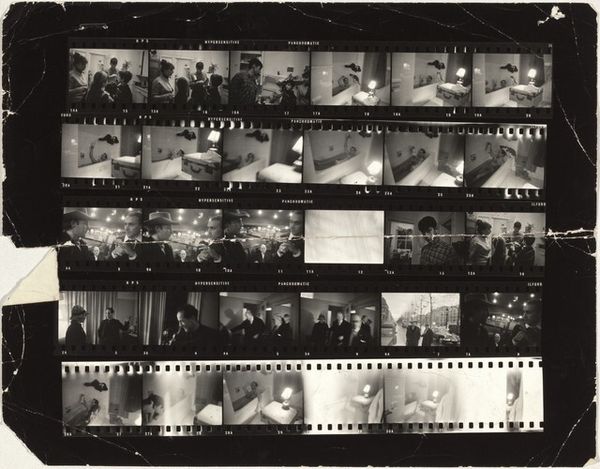
Dimensions: overall display dimensions variable duration: 14 min
Copyright: © Christian Marclay | CC-BY-NC-ND 4.0 DEED, Photo: Tate
Editor: This is Christian Marclay's "Video Quartet," a video installation piece. It feels like a deconstruction of musical performance, fragmented and reassembled. What strikes you most about its composition? Curator: The juxtaposition of the four screens presents a dynamic interplay of visual rhythms. Note the contrasting textures – the guitar strings against the stark piano keys, for example. How does this arrangement affect your perception of musical harmony? Editor: It’s almost overwhelming, the way different sounds seem to compete but also resonate. I’m noticing the close-ups of hands, too. Curator: Precisely. Marclay isolates these gestures, drawing our attention to the physicality of music-making. Consider the semiotics of the hand – a symbol of both creation and control. A close study reveals the meticulous articulation of musicality. Editor: I see. Focusing on the forms, lines, and textures really opens up new perspectives. Curator: Indeed, it demonstrates how intrinsic elements can reveal the artist’s intention.
Comments
Join the conversation
Join millions of artists and users on Artera today and experience the ultimate creative platform.
tate 8 months ago
⋮
Video Quartet brings together more than 700 film clips linked by their focus on music or sound. The work consists of four synchronised videos which are projected onto four contiguous screens (with each image ideally measuring eight by ten feet), although the videos can also be projected onto a gallery wall, if the surface is flat and painted white. Each of the four videos has a separate soundtrack, broadcast through two speakers positioned directly above and below the respective projections. Video Quartet is designed to be shown on a loop within its own discrete space, in which the walls (which should be sound-proofed) and the floor (which should be carpeted) are entirely black. This work is the first of two artist’s proofs – the other is owned by the Whitney Museum of American Art in New York – which were produced alongside an edition of five.

